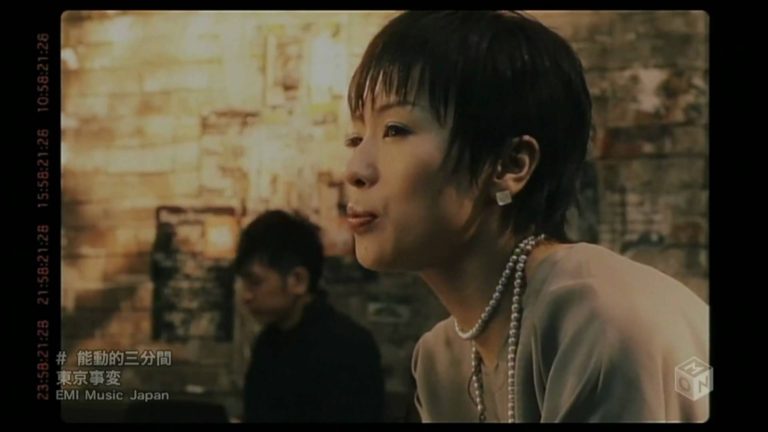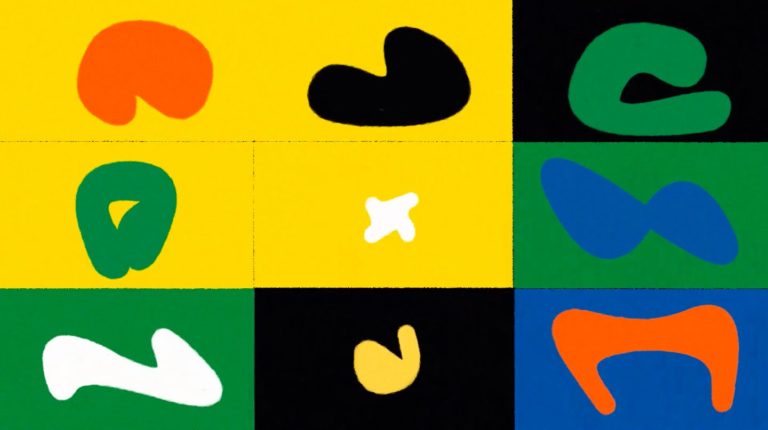Future Shock: Daichi Miura’s “Cry & Fight”
Now, I’m not a brave enough soul to say the mainstream J-pop scene has undergone a paradigm shift over the last two years — save for the ongoing band boom, the Johnny’s projects and middle-of-the-road idol groups of the country continue to soak up way too much space for music that is an afterthought — but it has gotten a lot more interesting. Thanks fragmentation of audiences! A lot of wonky artists who would be indie-sideshows just a few years ago — seriously, 2010/2011/2012 was just all idols all the time — are starting to make inroads onto national TV and major labels. Again, plenty of garbage still gets way too much attention, but a lot of risks are also starting to get in the limelight (and let’s raise the stakes…J-pop is now at least as interesting as Western pop…I mean, come on).
Part of the intrigue is playing out at the production level. This isn’t entirely new — during the idol-boom days, the best thing to come about was more left-field producers getting a chance to make music for groups (because they were a cheap option for labels) and sort of Trojan Horse their way in to mainstream consciousness. Plenty of great artists got shine because of this…but the flaw in the system was the idol-boom relied on hardcore pockets of fans. They were reaching new ears…but weren’t expanding beyond the die hard types. Tofubeats made plenty of great songs for Lyrical School, but he’s only taken off…on his own. But now producers with ideas you wouldn’t expect from a J-pop major label are starting to get more visible work — Broken Haze helped service Sky-Hi’s “Limo,” and now Seiho is handling production for Daichi Miura’s “Cry & Fight.”
I know only the most basic info about Daichi Miura…he’s from Okinawa, he’s an artist on the rise and his previous singles run from pretty solid to fake-ass Hoshino Gen YouTube-core. I’m writing about “Cry & Fight” because Seiho handles the production. And overall, I like what’s happening here. The opening piano bits are straight out of the David Guetta playbook and not so sure about the trap breakdowns, but I also am not naive enough to know Miura is a pop star on the rise, and he can’t be singing over “Wet Asphalt.” And plenty of Seiho comes through — the nervy tempo changes, the way the hook bends in to itself, the song’s inability to sit still at any point, THAT WATER DROP SOUND. And those tight bass contortions in the final leg, I would not have imagined an Avex song sounding like the inside of Ochiai Soup in 2013.
J-pop in 2016 is…interesting, in every sense of the word. Listen above.


